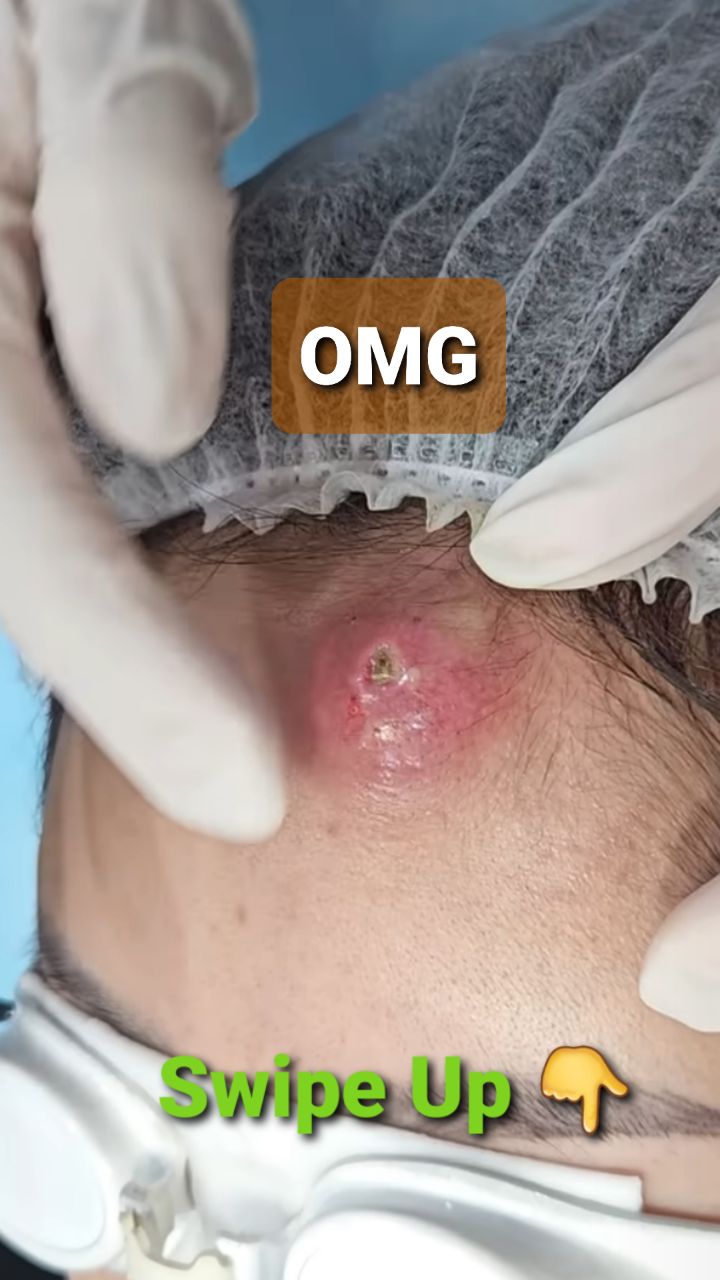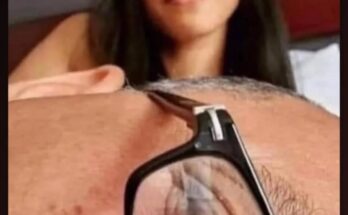A cyst is a small pocket of tissue often filled with fluid or pus. It can occur due to an injury, infection, or other issues. They’re usually benign but may need treatment for complications.
A cyst is a sac-like pocket of membranous tissue that contains fluid, air, or other substances. Cysts can grow almost anywhere in your body or under your skin.

There are many types of cysts. Most cysts are benign or noncancerous.
Whether a cyst needs treatment depends on a number of factors, including:
- the type of cyst
- the location of the cyst
- whether the cyst is causing pain or discomfort
- whether the cyst is inflamed or infected
If you’re not sure if you have a skin condition, you can take a picture and send it to an online dermatologist.
Cysts can vary in appearance depending on their type and location. Here are 11 types of cysts.
Epidermoid cyst

Epidermoid cysts are small, benign bumps filled with keratin. Kertain is a protein that’s essential in forming your skin, hair, and nails. Epidermoid cysts occur when something blocks hair follicles, and skin cells build up beneath this blockage.
These cysts can look like a skin-colored, tan, or yellowish bump filled with thick material. They typically occurTrusted Source on your face, neck, or torso, but can occur across your body.
In rare cases, epidermoid cysts can be caused by an inherited condition called Gardner syndrome.
Sebaceous cyst

Sebaceous cysts are filled with sebum and are less common than epidermoid cysts. They often form within sebaceous glands, which are part of your skin and hair follicles. Sebaceous glands make oil for your skin and hair.
These cysts most commonly occur on your face, neck, or torso, and are often the result of damage to sebaceous glands.
Breast cyst

Benign cysts can develop when fluid collects near your breast glands. They can cause pain or tenderness in the affected area.
While breast cysts are noncancerous, there are many possible other more serious causes for a lump in your breast. It’s important to be familiar with how your breasts typically feel so you’re aware of changes. This way, you’re more likely to notice changes right away.
You should try to make an appointment to see a healthcare professional if:
- you discover a new lump
- an area of your breast is noticeably different than the rest
- a lump changes or grows larger
- you notice unexpected discharge from the nipple
- you have an inverted nipple, and it wasn’t always inverted
Ganglion cyst

A ganglion cyst is a round, gel-filled lump of tissue that usually appears along tendons or joints, especially in the hands, wrists, ankles, and feet. Fluid accumulation can occur due to injury, trauma, or overuse, but often the cause is unknownTrusted Source.
A ganglion cyst is common, harmless, and doesn’t cause pain or difficulties unless it grows and puts pressure on other structures.
Pilonidal cyst

A pilonidal cyst is a common skin condition that forms in the cleft at the top of your buttocks. It consists of a small hole or tunnel in the skin that may become infected and fill with fluid or pus and it typically occursTrusted Source after puberty.
Changing hormones, hair growth, and friction from clothes or from spending a long time sitting may all cause a pilonidal cyst.
Symptoms of an infection include:
- pain when sitting or standing
- discolored or sore skin around the area
- pus or blood draining from the abscess, causing a foul odor
- swelling of the cyst
- hair protruding from the lesion
Ovarian cyst

Ovarian cysts often form when the follicle that normally releases an egg doesn’t open. This causes fluid to build up and form a cyst.
Another common type of ovarian cyst occurs after the follicle releases the egg and improperly recloses and collects fluid.
Ovarian cysts occur most oftenTrusted Source in those of menstrual age and are typically first found during pelvic exams.
Ovarian cysts are associated with an increased risk of cancer when they occur after menopause.
Baker (popliteal) cyst

A Baker cyst is a swollen, fluid-filled sac at the back of your knee.
Causes of Baker cysts include conditions or occurrences that affect the joints such as arthritis, inflammation from repetitive stress, or a cartilage injury. Baker cysts can cause inflammation and pain and lower range of motion in your knee.
Physical therapy, fluid draining, and medication can all be used to help treat a Baker cyst.
Pilar cyst

A pilar cyst is a noncancerous, skin-colored, round bump that develops under the surface of your skin. They usually affectTrusted Source the skin on the scalp and results from protein buildup in a hair follicle.
They’re not cancerous, but they can grow to a size that can be uncomfortable.
Mucous cyst

A mucous cyst is a fluid-filled lump that forms on your lip or around your mouth when the salivary glands become plugged with mucus. The most common causes of mucous cysts include:
- lip or cheek biting
- lip piercings
- rupture of the salivary gland
- improper dental hygiene
Mucous cysts will often go away on their own. But if you have recurring or frequent mucous cysts, you may need medical treatment.



